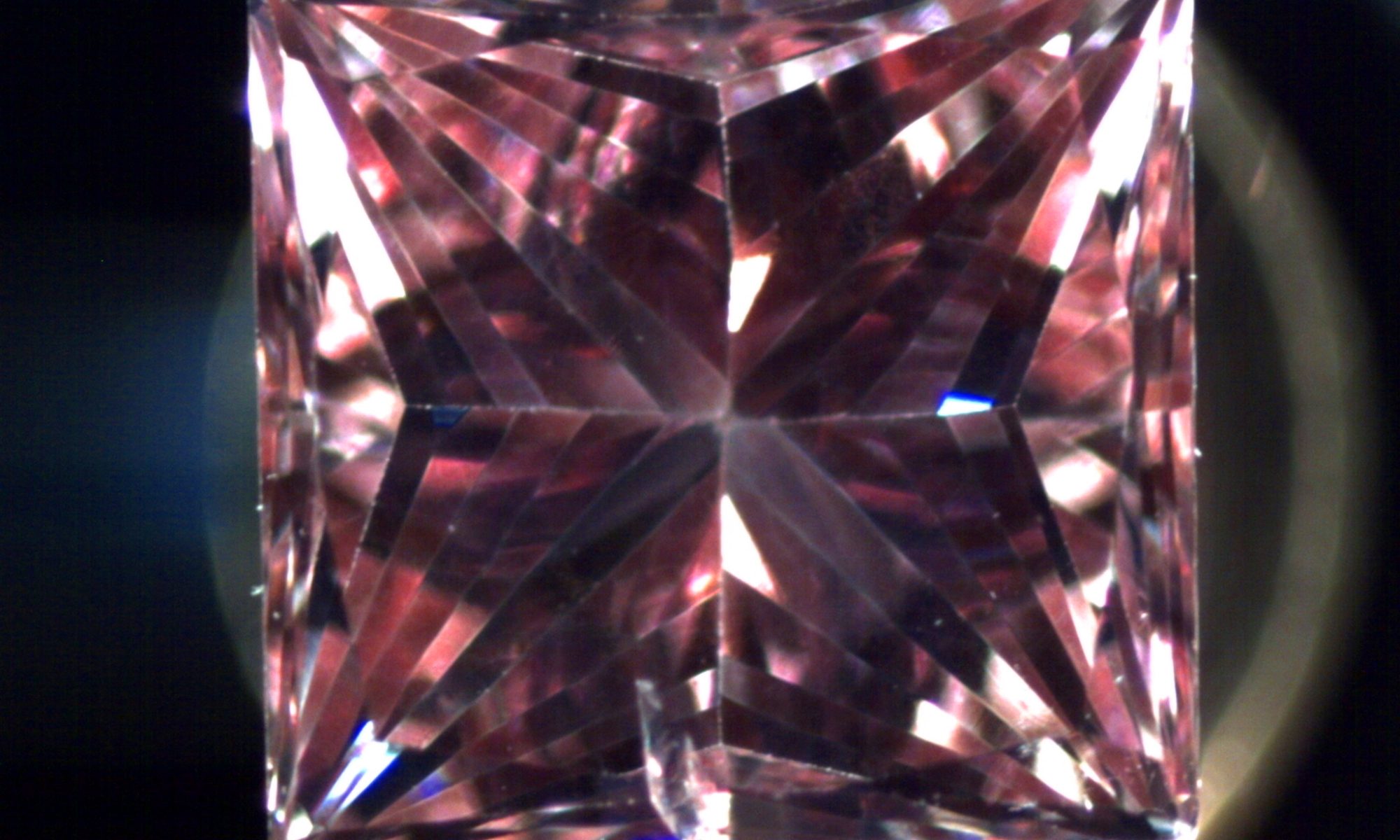Annealing diamond refers to a process in which diamonds are heated to high temperatures in a controlled environment to alter their internal structure or appearance. However, diamond annealing is quite different from annealing in other materials, like metals, because diamonds are already a highly stable, hard material. The process is typically used to modify certain properties of the diamond, such as colour or internal inclusions, rather than improving the material’s hardness or strength.
Here are the key aspects of diamond annealing:
1. Annealing to Alter Colour:
Annealing can be used to change or enhance the colour of a diamond. This is often done to lighten or darken the stone’s hue, or to bring out more desirable tones, like in fancy colour diamonds.
Heating Process: The diamond is subjected to high temperatures (sometimes exceeding 1000°C) in a controlled environment, typically in a vacuum or in an atmosphere of certain gases, such as nitrogen or hydrogen.
Effect on Colour: The heat causes changes in the diamond’s crystal structure, which can alter how light interacts with the stone, thus changing its colour. For instance, diamonds with brownish hues may turn to a lighter yellow or even white, while others might enhance their natural colour intensity.
2. Healing Inclusions (Internal Cracks or Imperfections):
Another purpose of annealing is to reduce the visibility of certain inclusions, particularly graining or small cracks. In this case, annealing can:
Relieve Stress: The heat from annealing can relieve internal stress in the diamond, causing cracks or inclusions to become less visible. This is especially useful for diamonds that have inclusions located near the surface, which can affect the diamond’s clarity.
Mend Cracks: Under controlled conditions, the annealing process can sometimes cause minor surface fractures to heal by encouraging the material around the crack to bond back together.
3. Limitations and Risks:
High Temperature: Because diamonds are made of carbon in a crystal lattice structure, they can be sensitive to extreme heat. The temperature and environment must be carefully controlled during the annealing process to prevent damaging the stone. If not done properly, excessive heat can cause the diamond to fracture or even shatter.
Not Suitable for All Diamonds: Annealing is not always suitable for all diamonds. For instance, diamonds with a high degree of internal stress or fractures may not respond well to heat treatment, as the process could cause further damage.
4. Impact on Diamond Value:
Colour Alteration: If annealing is used to improve the colour of a diamond, it can enhance the stone’s appearance and potentially increase its value, especially for diamonds with rare or sought-after colours.
Clarity Improvement: If annealing successfully reduces the visibility of inclusions, it can improve the diamond’s clarity, which could also make the diamond more valuable. However, some buyers may be cautious about diamonds that have undergone treatment, as they may prefer natural diamonds without any enhancements.
Disclosure: When diamonds are annealed or treated in any way, it’s important for sellers to disclose the treatment. Some buyers prefer untreated, natural diamonds, and the presence of treatment may affect the resale value or marketability.
5. Annealing in Industry:
While annealing is a term more commonly associated with metals or other materials, it is sometimes used in the diamond industry for specific treatments to improve the visual appeal or structural integrity of the diamond. The process is not typically used to improve hardness—since diamonds are already the hardest known material—but rather to address aesthetic and internal concerns.
Summary:
Annealing diamond involves heating the diamond to high temperatures in a controlled environment to alter its colour or reduce the visibility of internal inclusions.
It is often used to enhance the colour or improve the clarity of diamonds.
The process requires careful control to avoid damaging the diamond.
Annealed diamonds should be disclosed as treated, as they may affect the value, depending on the buyer’s preferences.

